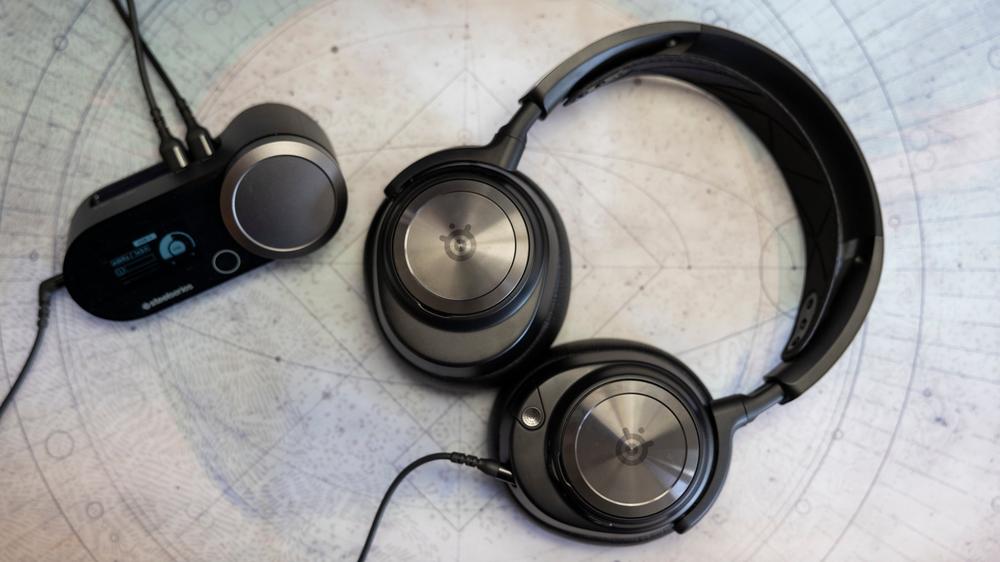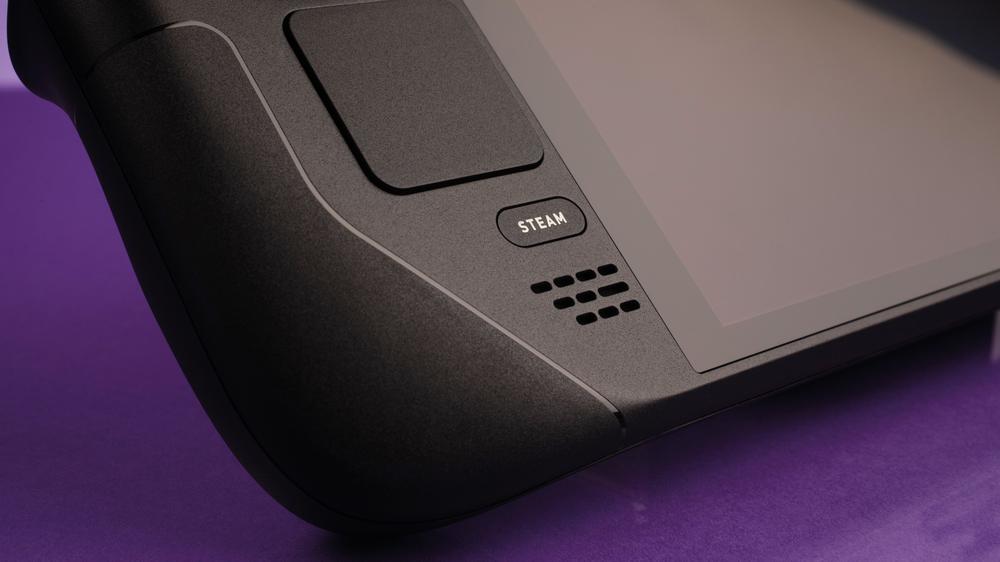If you're here, you already get that solid audio makes or breaks a gaming session. The tricky bit is actually figuring out which headset deserves a spot on your noggin. Just like shopping for a mouse or keyboard, you've got to weigh up a few things. How much coin are you willing to part with? Do you want booming bass, feather-light comfort, or some flashy features that tickle your fancy?
We've been around the block with gaming audio, so the picks here aren't random guesses. Every headset made the cut for a reason, whether it's because it nails a particular category or just delivers across the board. You'll spot something wallet-friendly like the HyperX Cloud III, and if you're feeling cashed up, the Audeze Maxwell sits at the top end. Then there are the fancy tricks (think virtual surround, noise canceling that shuts out the real world, or EQ sliders for those who love to tinker) all found on wireless contenders like the Razer Kraken V4, Alienware Pro, and Logitech G Pro X 2.
TL;DR: These Are the Best Gaming Headsets:
This guide pulls together the cream of the crop, broken down by categories where certain headsets really shine compared to the pack. That’s not to say there aren’t other beauties out there, but everything listed here has been given the thumbs up by our review crew.
Whether you’re fragging on PC, diving into PS5 exclusives, firing up the Xbox, or chilling with the Switch 2, there’s something here that’ll suit. Just double-check you’re grabbing the right version for your platform. And since this list keeps evolving, it’s worth popping back in whenever you’re hunting for fresh advice on your next headset upgrade.
This guide contains contributions by Danielle Abraham and Michael Higham
Best Gaming Headset
Best Budget Gaming Headset
Best High-End Gaming Headset
Best Wireless Gaming Headset
Best Budget Wireless Gaming Headset
Best Wired Gaming Headset
Best Audiophile Gaming Headset/Headphones
Best Surround Sound Gaming Headset
Best Mid-Range Gaming Headset
Best Noise-Canceling Gaming Headset
Best Gaming Earbuds
When shopping for a gaming headset, it’s important to start by narrowing down priorities. Key factors include sound quality, comfort, microphone clarity, durability, wireless performance, and battery life, along with the flexibility of the software suite. While most players want a balance of these features, certain models excel in specific areas, making it worthwhile to weigh what matters most.
Sound quality often stands as the defining feature across all price ranges, though expectations should be managed at the budget end of the spectrum. Driver size can hint at performance, but it’s only part of the equation. Tuning, driver construction, and real-world performance in games or music matter just as much. Paying attention to reviewer feedback on bass, mids, and highs can reveal how a headset truly performs—whether bass overwhelms, mids distort during chaotic gameplay, or highs become sharp at louder volumes. Preferences also play a role, since some players enjoy heavier bass while others prioritize clarity and balance. Ultimately, choosing the right headset comes down to matching these characteristics with personal priorities.
Positional and spatial audio are essential features for competitive play. The best headsets not only reproduce clear frequencies but also convey subtle details that help determine the direction and distance of in-game sounds such as footsteps or gunfire in titles like Counter-Strike 2 and Valorant. This precision enhances immersion in single-player experiences and even movies. While software simulations can provide a version of spatial audio, some, like Turtle Beach’s Superhuman Hearing, often sound artificial and are less reliable.
Comfort is another major factor that can be difficult to gauge without firsthand use. Key considerations include clamp force, earpad density, headband design, and the choice of material—leatherette, sports mesh, and velour each offer trade-offs between isolation, breathability, and sweat management. Durability should also be kept in mind. High-end headsets often feature sturdy aluminum frames that can handle extended use, though they may add weight. On the other hand, flexible plastics in more affordable headsets provide resilience against bending or twisting. A well-built headset should balance comfort and durability without feeling fragile during daily wear.
Built-in microphones on gaming headsets are often treated as secondary features, but clarity and noise handling can make a significant difference. While standalone microphones usually provide superior audio quality, certain headsets stand out in this regard. The HyperX Cloud III, for example, delivers surprising clarity at a mid-tier level, while Beyerdynamic’s MMX 300 Pro offers performance approaching that of dedicated microphones. For players who rely heavily on voice communication or engage in content creation, a strong headset mic is invaluable. Key factors to watch include noise isolation, pickup accuracy, and software features such as noise gate controls. Sidetone support is particularly useful, feeding audio feedback to the user for more natural conversations.
Battery life has also become a non-issue for many wireless headsets, with most models lasting around 40 hours per charge and premium designs reaching up to 80 hours under ideal conditions. For headsets that double as multi-device solutions through simultaneous Bluetooth connections, extended battery life becomes especially important. Beyond the hardware, software plays a vital role in customization. Suites like Turtle Beach’s Swarm provide access to EQ adjustments, preset profiles, and microphone controls, ensuring users can fine-tune performance. While not as critical as sound quality or comfort, robust software support maximizes the value and versatility of a gaming headset.
How do you determine sound quality on a gaming headset?
While lab tools like artificial ears and frequency analysis software can measure how a headset handles sound, they don’t capture the full listening experience. Audio performance is ultimately subjective, and technical data only paints part of the picture. Reviewers often rely on descriptors such as distortion, drowning, cleanliness, or balance to communicate how a headset performs across frequencies. These terms may feel abstract, but they help illustrate real-world listening nuances that raw measurements cannot convey. In the end, trusting a reviewer’s trained ear and experience provides valuable context for understanding how a headset will actually sound during games, music, or movies.
Driver size is another factor to consider, as larger drivers often provide the potential for cleaner, more powerful sound. However, size alone does not guarantee overall quality. Much depends on tuning, construction, and how the headset handles spatial or positional audio. The latter plays a key role in competitive play by conveying distance and direction of sound effects, while also enhancing immersion in single-player games, movies, or music. A well-designed headset balances these elements, ensuring that bigger hardware translates into a fuller and more engaging audio experience.
What makes gaming headsets different from headphones?
Gaming headsets usually throw in extra features designed to boost your play sessions. Some of these add-ons are a bit gimmicky, but plenty of them are genuinely useful. Take microphones for example. Not everyone wants a chunky standalone mic cluttering the desk, and that is where headsets shine. The built-in mic is what truly sets a headset apart from regular headphones.
Most mics on gaming headsets are serviceable enough for in-game chatter, but a few models step things up with sharper clarity and better noise control. That means your teammates hear you clearly without the background racket sneaking through.
Quality gaming headsets are usually tuned to highlight key sound effects and deliver a closer, more personal soundstage. After all, in games you're an active player, not just a passive listener, and that difference really matters in competitive matches.
On the wireless front, most gaming headsets rely on 2.4GHz USB dongles to keep latency down to a bare minimum, a feature you rarely see in standard wireless headphones. Add to that the software packages that come with USB-based headsets, and you often get advanced tools for tailoring sound profiles to specific games or scenarios.
Should I go wired or wireless for a gaming headset?
It really comes down to individual needs. Wired headsets and headphones often appeal to those who prefer the sound profile of a finely tuned analogue device, and they never need recharging.
On the other hand, modern wireless gaming headsets have advanced to the point where battery life and latency are rarely a concern. Many also come with companion software and apps that allow users to customise EQ settings or swap sound profiles, making it easy to optimise audio for different types of games.
Wireless headsets often support multi-device connectivity and simultaneous Bluetooth, making them highly versatile and handy for quick switches to mobile devices. While they generally come with a higher price tag, the added flexibility and convenience can make them well worth the investment, provided the features align with what you actually need.
Is virtual surround sound worth seeking out?
Virtual surround sound started out feeling like more of a gimmick, with high-end headphones trying to mimic a 7.1 speaker setup. The tech has improved a lot since then, though it is not always the best fit for competitive gaming, where its artificial qualities can sometimes throw off directional cues. That said, when implemented well through systems like DTS Headphone:X or Dolby Atmos, it can deliver an impressive, cinema-like experience, particularly in action-heavy games and films.
Some virtual surround software requires a paid license, and the overall usefulness is still fairly niche. Compatibility also does not guarantee quality. Even if a headset supports Dolby Atmos or DTS Headphone:X, the hardware itself needs to have the range and nuance to make the effect convincing.

